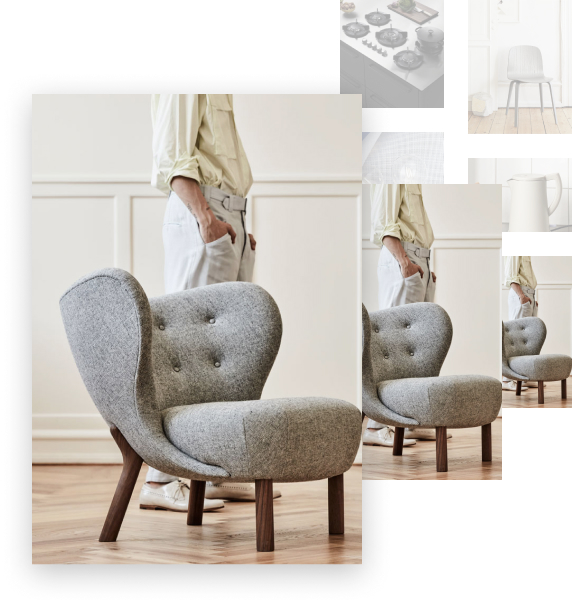Discover our e-shop and access a digital catalogue of over 40.000 design products.
Go to shop15 November 2021

The two architects return to the essence of their work in a path captured and told in the film “The importance of being an architect”
For design it is time to cross-over, with fashion first of all – collaborations are in bloom – but also and increasingly, with cinema. Therefore, video is also added to photography, as an ideal tool to tell about architecture and design. This is confirmed by the ninth edition of the Milano Design Film Festival that has just ended. Among the protagonists there are also Antonio Citterio and Patricia Viel. The two Italian designers, among the most influential in the world, talk about themselves in the film “The importance of being an architect”: an opportunity to return to focus on the essence of their work and on the priorities of architecture.

Did working on this film somehow reveal aspects of your approach to the profession that you weren’t aware of?
Patricia Viel: As architects, we have often had to deal with photographers, who are often the only ones who are able to capture the essence of a project, crystallizing it into an image. In this film, on the other hand, the directors had the idea of walking through our architecture through music: the sounds creep in and the environments are as if they come to life. This is a totally new way of investigating architecture for me!
Antonio Citterio: In general, this film gave me the opportunity to look back and reflect on my career as a designer and architect. More than revealing dormant aspects, it was a great synthesis work. Which, in truth, is the approach that has always guided me: I never wanted to upset or exaggerate, but I was always interested in arriving at a synthesis that made every design gesture unique.

Concepts such as “Creating places where people feel good” and “Managing complexity” should always be the basis of design: do you think that this sense of architecture has been lost instead?
Antonio Citterio: I think the ultimate goal of architecture is to create places where people feel good, where they have positive emotions. This can only be done if you are able to transform complexity into a value for the project and make the user the real protagonist of what you are designing.
Patricia Viel: The two things go hand in hand. Each project has its own complexities and the architect’s task is precisely to know how to manage this complexity, looking at the present and the future, providing tools to answer questions that are not yet known.

Furniture and lighting design: in these categories what is the common thread (if any) of what you have done up to now?
Antonio Citterio: I said it before, each project aims to create an environment that is at the service of the user, that makes him happy, that makes him feel good. This regardless of whether we are talking about a large-scale urban development or an armchair, contexts can change but our approach is the same. A lamp, for example, is never just a lamp, but is the atmosphere that is created around it. There is always much more besides the object we design.

Is there anything we have to give up in order to live and design / build in harmony with the environment?
Antonio Citterio: In this moment of pandemic, many researchers have wondered if and how much we will change in our way of life. The only thing that I hope will not return as before is the lack of attention to the fragility of nature and the earth’s resources.
Patricia Viel: It is not a matter of giving up something for something else, but of finding a balance. The natural environment of man is the built environment, because the human being needs other human beings, with whom to live in a community: it is his most natural way to live, to express himself, to find his balance , to be happy. Living in a community that respects it and in an urban environment that knows how to welcome it, in harmony with nature, will be the form of urban life that we will live. There will be reciprocity, a symbiosis with the environment: on the one hand, the human being frees the potential of its context, and the context will do the same for those who live there. This is how ecosystems work, we just have to learn to be part of them again.
Cover photo credits: MyBossWas
Customize and receive your board, share it with whomever you want or with a Mohd Designer to get information and assistance.
After you send the first one, you can create new boards. There is no limit to your inspiration.
I got it, continue
Send in the form, you will receive an email with a link to your board with the products you have selected.
Share your inspiration with your partner and friends, or with a Mohd designer to get more information.
After you send the first board, you can create new ones. And if this board no longer inspires you, you can reset and start again.
We have sent you an email with a link to your board with the products you have selected.
Close